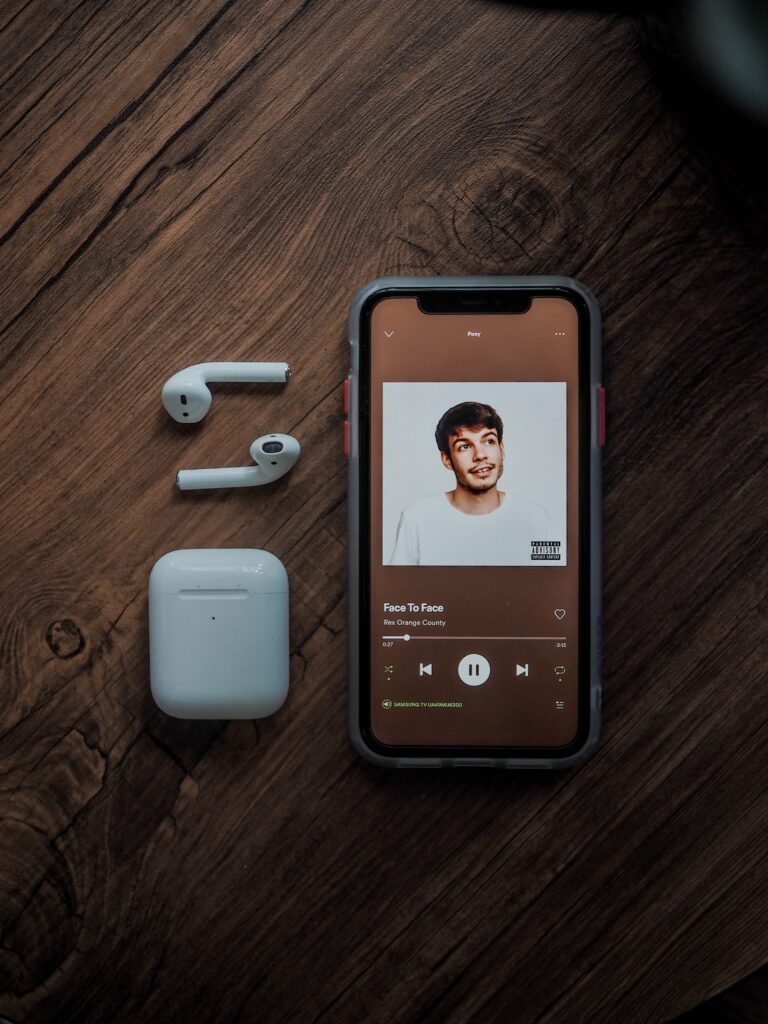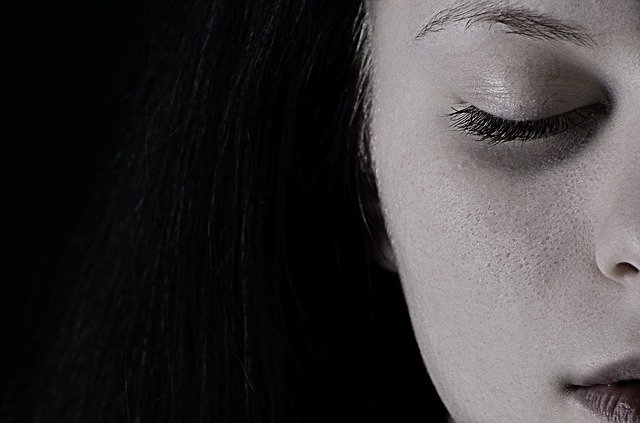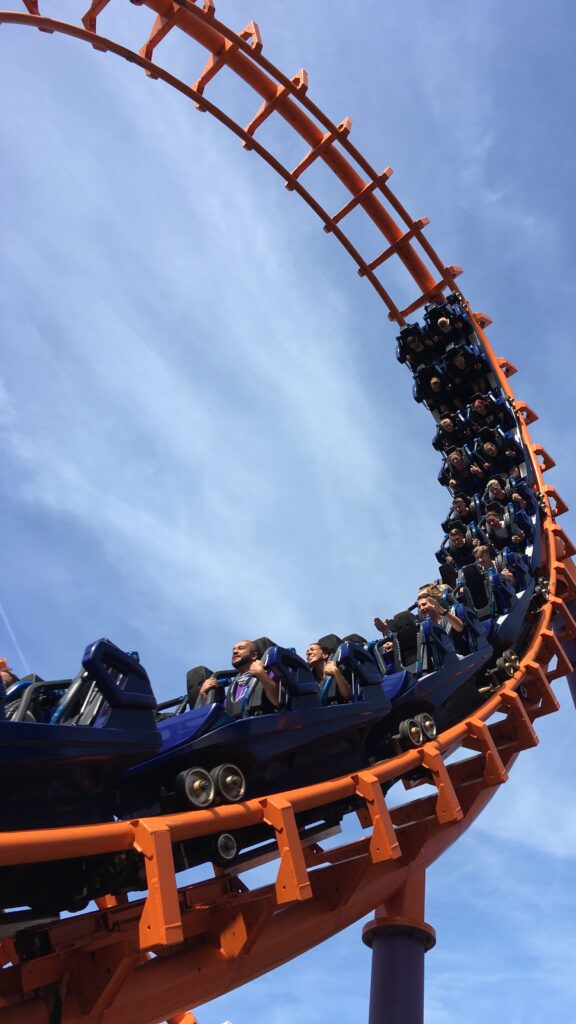Music and marketing has gone hand in hand for a long time. But what if it’s desire to please the listener goes too far?
When you think of the word “sadness” what images come to mind? What emotions? Does sadness mean devastation, heartbreak, loneliness, misery, depression, longing?
With all of these different definitions for sadness, how could we possibly define and confine them within one interpretation of a Spotify playlist?
A UX designer friend of mine wrote a very thought provoking article discussing a Spotify feature she was developing. It identified musical preferences by the user selecting a mood such as “bright mood” and then navigating to a drop down defining said “bright mood” further; happy, euphoric, relaxed, sentimental, motivated, spiritual, optimistic.
By defining the mood beyond the initial suggestion, the app could then better learn the specific user’s musical preference.
A Step Further

What if we were able to program an algorithm of sorts that detected a potential use of “too much” sadness in our musical choices?
Don’t get me wrong. I know that this may border on privacy and rights and all of that but think about the idea for a minute.
Have you ever enjoyed sitting in sadness? Have you ever fed that feeling and sunk deeper and deeper into it? If you have, how hard was it for you to dig yourself back out? I would wager it took you longer to get out then it took you to get in.
Suicide and depression is a real thing. It’s a dark and disturbing place and when you feel your lowest, sitting in your sadness almost feels good. Musical choices during these low times play a critical part between recovery and devastation.
Sound Can Heal Sadness
I’ve written about sound in healing in the past. Sound can heal at a cellular level. It can also be used as a therapy, which in itself can help more physical wounds to heal by doing so. If you are mentally in the right place, your body can follow suit.
So let’s go back to the question.
What if AI could flag depression or suicidal feelings. With that, then gear the music algorithms to slowly feed the listener happier and more uplifting music.

In my scenario, appropriate musical choices could steer someone from depression, to reassurance, to feeling uplifted, optimistic, and eventually happy again. Think of it like an iv drip of music. By working backwards through that user’s musical preferences, they could potentially give themselves a dopamine boost through song.
In real life, no one alternates moods directly from sad to happy so the music we listen to shouldn’t do that either. It wouldn’t feel natural, and in so saying, wouldn’t be effective. Guaranteed, that user will reach over and change the playlist if they feel they are not getting what they want.
Limited Definition Means Lost Opportunity

Suicide and depression aside, we are a roller coaster of emotions. Limiting a mood choice to one word doesn’t really give you access to fine tuning a musical experience.
My definition of sadness is different than yours. It even differs from what I think of in 5 days or 5 weeks or even 5 minutes from now. It’s all perspective and context; two things that only the individual user can provide.
Our journey through emotions is unpredictable. We are constantly living and thinking and changing. Our mood evolves as we go.
Sadness’ Mood Journey
If we could find a way to give more choices to a user’s “mood journey”, how much more value can we bring to their advertising experiences? And if we could define those choices of different emotions better could we better interpret people’s feelings on what sadness sound’s like as well as what happiness sounds like?
What if we could define better what sadness sound’s like?
Ads are going to happen. It’s just a fact. If we have to experience them anyways wouldn’t we prefer them to make sense to our world and, dare I say, even be enjoyable? With the ability to fine tune a mood music experience, advertisers and marketers could better define their parameters of who they market to.
For example. It’s summertime and my mood is tending towards summertime music. To me that would be The Beach Boys, The Monkeys, Santana, Nelly Furtado, Farrell, Justin Timberlake, etc. An advertiser might see this trend and target swimwear or sunscreen or skateboards. On the other hand, my neighbor is in the summertime mood too but he plays Jimmi Hendrix, The Doors, Janis Joplin, and The Ramones. The music and marketing for me would be totally inappropriate and/or irrelevant to him.
By targeting advertisements based on subsets of musical moods, the brand has a better opportunity for a higher ROI.
Refining and Defining
I’m excited to see how music and marketing can be better utilized within streaming radio playlists. With proper cultivation of Spotify, Pandora, iHeart Radio, and all the other large conglomerate streaming radio stations, there’s potential to both save lives and more accurately market to an audience. A really weird combination I know but this just shows that the sky’s the limit when we make sound on purpose!
Related Articles on Sensory Marketing
For more articles on Sensory Marketing, check out:
How Dove Succeeded Creating a Massive Sensorial Experience
How To Market Through Sound; COVID-19 and Beyond
Sound; An Interruption to Visual Marketing
Let’s Make Sound On Purpose
Excited to explore your brand soundscape? Dreamr Productions would love to help. Contact us today for more information.


